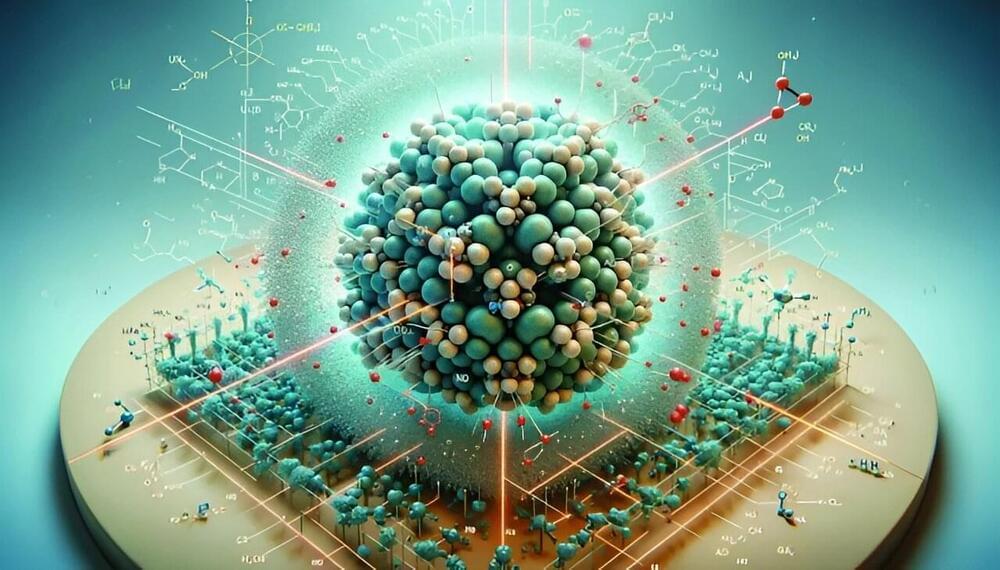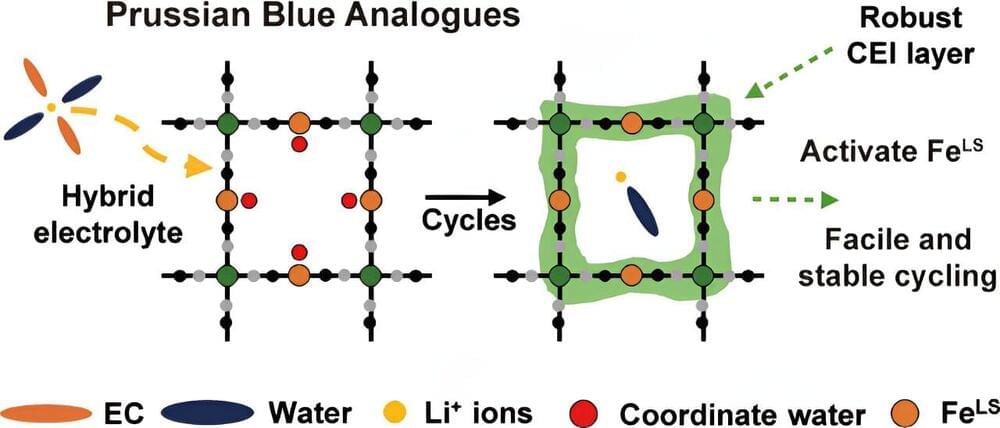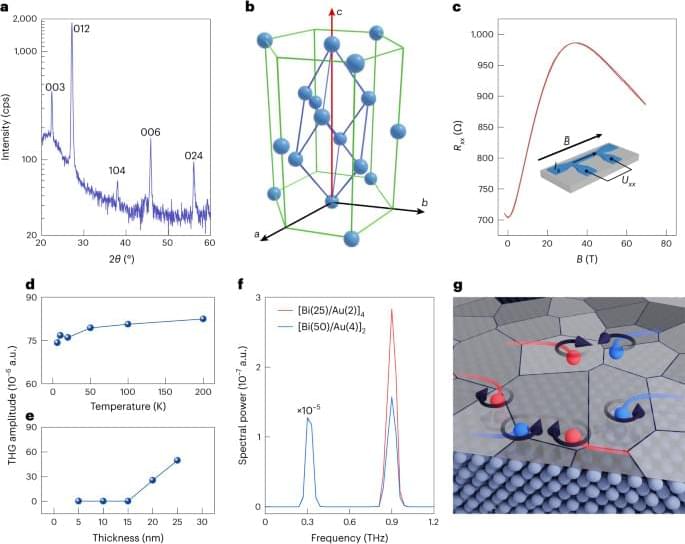
A research team led by the Department of Energy’s Oak Ridge National Laboratory has bridged a knowledge gap in atomic-scale heat motion. This new understanding holds promise for enhancing materials to advance an emerging technology called solid-state cooling.
An environmentally friendly innovation, solid-state cooling could efficiently chill many things in daily life from food to vehicles to electronics — without traditional refrigerant liquids and gases or moving parts. The system would operate via a quiet, compact and lightweight system that allows precise temperature control.
Although the discovery of improved materials and the invention of higher-quality devices are already helping to promote the growth of the new cooling method, a deeper understanding of material enhancements is essential. The research team used a suite of neutron-scattering instruments to examine at the atomic scale a material that scientists consider to be an optimal candidate for use in solid-state cooling.


















